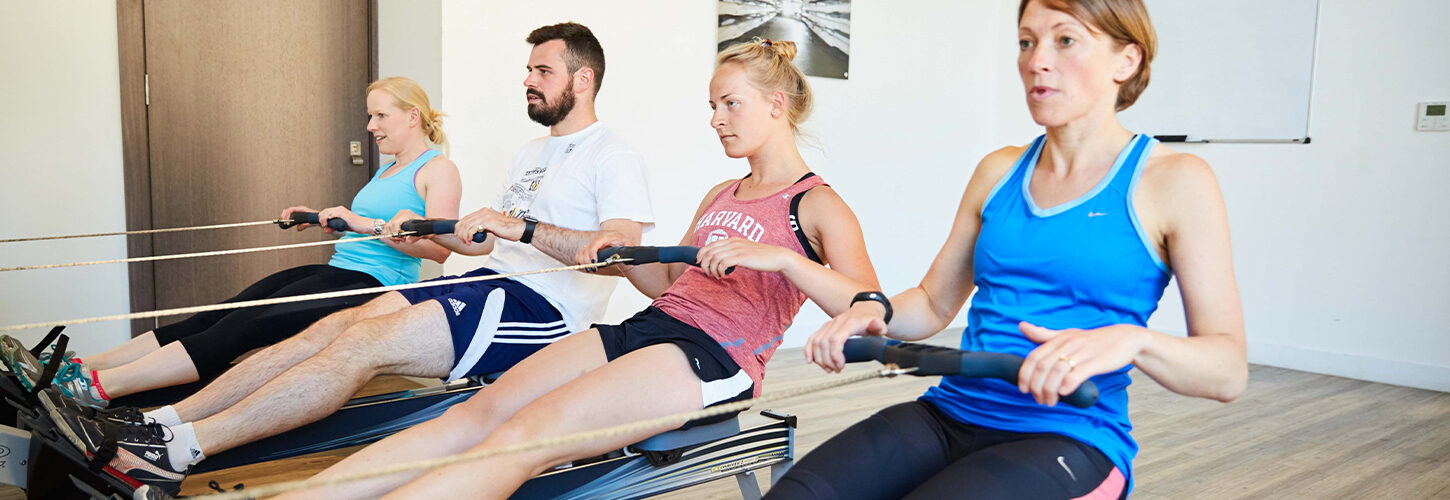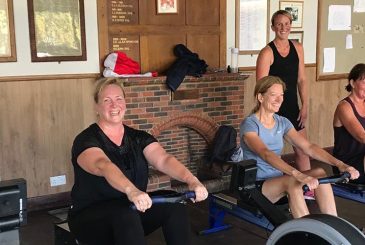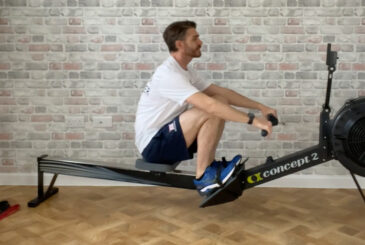Fitness can be defined in any number of ways. It could be the condition of being physically fit and healthy or the ability to carry out a role, task or specific sport. Any definition you wish to choose comes with a range of components: muscular strength, balance, the ability to recover, speed, power, flexibility, endurance and the list goes on. But which component fits your goal and what method is best suited to you when indoor rowing?
Endurance vs Sprint
HIIT training has recently become the default setting in fitness, but the slow and steady approach is a great method of increasing your cardiovascular fitness if you can push past that 10 to 15-minute mark. By setting your target to row that extra minute or two in the next workout, you’ll soon see the benefits of endurance training; whether its improving the function of the heart and lungs to prevent a raft of health conditions or powering up your metabolism to control your weight. Basic endurance programs also tend to be straightforward to follow. It could even be as simple as setting up a time (>10 minutes) and a speed you’ll commit to (24-26 SPM) for the duration.
On the flip side, sprinting involves more power, more strength and more intensity. These types of session are shorter in duration and have plenty of recovery time built in meaning they have become a very attractive method of training. Sprints demand more drive from the legs at a higher stroke rate (SPM) and the demand on the body is often greater over a briefer period. Other than saving time you’ll benefit in building strength and importantly sprinting will add a competitive element to your program. Even adding a sprint to the last 30 seconds of your endurance session will put you in competition mode; it’s you versus you.
Power vs Speed
For those who are new to indoor rowing it is useful to grasp the difference between power and speed. Increasing your stroke rate is a good place to start if the goal is to go faster, although going faster doesn’t necessarily mean you’ll go further. Power is the crucial element. If the goal is to lose weight, then driving those legs to produce more power will bump up that metabolic demand. Working at high speed isn’t easy but the gains are far less than those slower, more powerful strokes.
Wattage is your friend. In sprinting it’s about getting that number as high as you can. In endurance it’s about hitting a sustainable wattage that you will not let yourself drop below. Remember – the higher the watts, the further and faster you’ll travel. Defining what is low, moderate or high wattage is based on the individual. Play around with how hard you push and how fast you row, then observe the watts to gauge where your levels are. Alternatively, you could throw a 500m or 2000m test into your training and you’ll be able to see that average and maximum wattage achieved. You’ll open up a whole new world beyond just time, distance and calories.
Sample sessions
Endurance session
| Time | SPM | Resistance | |
|---|---|---|---|
| Warm up | 3 minutes | 20-26 | 3-5 |
| Main workout: 4 rounds | 3-4 minutes work | 24-28 | 5-7 |
| 1 minute recovery | 20-22 | 3-5 | |
| Cool down | 2 minutes | 18-24 | 1-3 |
Sprint session
| Time | SPM | Wattage | |
|---|---|---|---|
| Warm up | 2 minutes | 24-26 | Low to moderate |
| Main workout: 5 rounds | 15 second sprints | >30 | High |
| 45 seconds recovery | 20-22 | Low to moderate | |
| Cool down | 3 minutes | 18-24 | Low |










